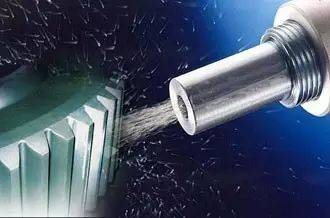
Sandblasting is a general term used to describe the act of propelling very fine bits of material at high-velocity to clean or etch a surface. Sand used to be the most commonly used material, but since the lung disease silicosis is caused by extended inhalation of the dust created by sand, other materials are now used in its place. Any small, relatively uniform particles will work, such as steel grit, copper slag, walnut shells, powdered abrasives, even bits of coconut […]
